There has been no shortage of news about South Africa’s recent economic and political turmoil—from its plummeting currency and slowing economy, to President Zuma’s cabinet shake-up, to weeks-long student protests over rising tuition fees in October.
Understanding what is driving political volatility requires understanding the central economic challenge facing South Africa’s major metropolitan regions: insufficient labor market opportunities for young people.
A recent Brookings report found that the unemployment rate among youth (ages 15 to 34) in Gauteng, the home province of the Johannesburg region, was nearly 40 percent, exceeding the 37 percent national rate. Young people continue to flock to Johannesburg, and the broader Gauteng City-Region that surrounds it, in search of economic opportunity. But the city-region has only created jobs at a 1.3 percent annual clip since 2000, far lower than peer regions like Shenzhen (8.2 percent), Istanbul (2.8 percent), and Santiago (2.4 percent), limiting its ability to absorb young workers. At the same time, the skills demands of the labor market have shifted as the region’s economy has transitioned from mining to more advanced services, creating a mismatch between what education and training systems are providing and what the labor market demands. This employment crisis matters for both economic competitiveness (output per worker growth, a rough measure of productivity, has stagnated since 2010) and economic justice (the unemployment rate for black South Africans is four times the rate for whites).
At a recent Global Cities Initiative event in Johannesburg local private, public, and civic leaders discussed both the immense scale of the youth unemployment challenge and an ambitious proposed solution: the youth skills empowerment initiative “Vulindlel’ eJozi” (a Zulu phrase meaning “open the way in Johannesburg”) created by the city of Johannesburg in partnership with the Harambee Youth Employment Accelerator. Of the approximately 1.6 million Johannesburg residents aged 19-34, just under half are not engaged in employment, education, or training. Vulindlel’ eJozi’s seeks to “reach 200,000 of these young people to meaningfully include and engage them in our economy over the next year.”
Vulindlel’ eJozi stands out for at least two reasons. Most glaringly is its sheer scale. Through its work with Harambee and other initiatives, the city of Johannesburg provided over 45,000 opportunities for youth to move towards employment during the first quarter of 2015. Second, the partnership leverages the resources and competencies of the private and civic sectors. Harambee has successfully trained and placed 20,000 youth in sustained formal employment with over 200 employers and ambitiously wants to engage 500,000 South African youth in their training programs. Constant employer feedback on what skills are demanded is one of the accelerator’s hallmarks, helping Harambee achieve higher trainee retention rates than industry averages.
Youth unemployment, of course, is not a problem unique to South Africa. Recent Brookings research found that labor force participation, employment, and median earnings among American teens and young adults all declined between 2000 and 2014. How effectively the city of Johannesburg can build the institutional architecture to engage with private and NGO actors on a youth employment initiative at this scale will ultimately determine its success. These lessons could serve other cities well as they seek to deliver economic opportunity to their young people.
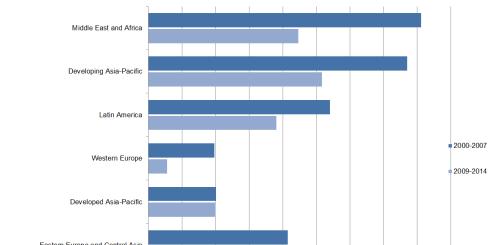
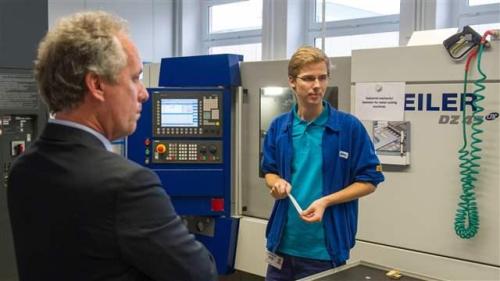
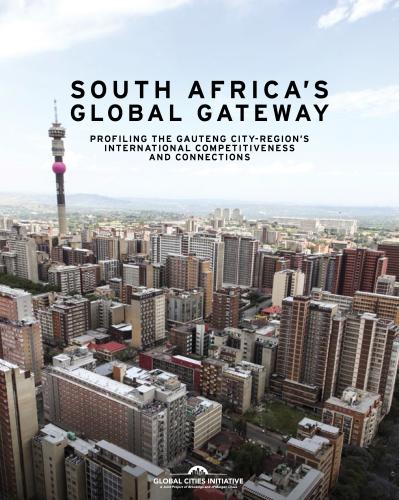
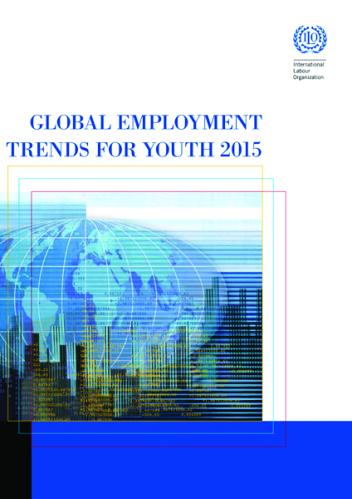
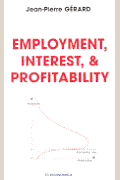





Commentary
Johannesburg’s ambitious effort to curb 40 percent youth unemployment
December 18, 2015